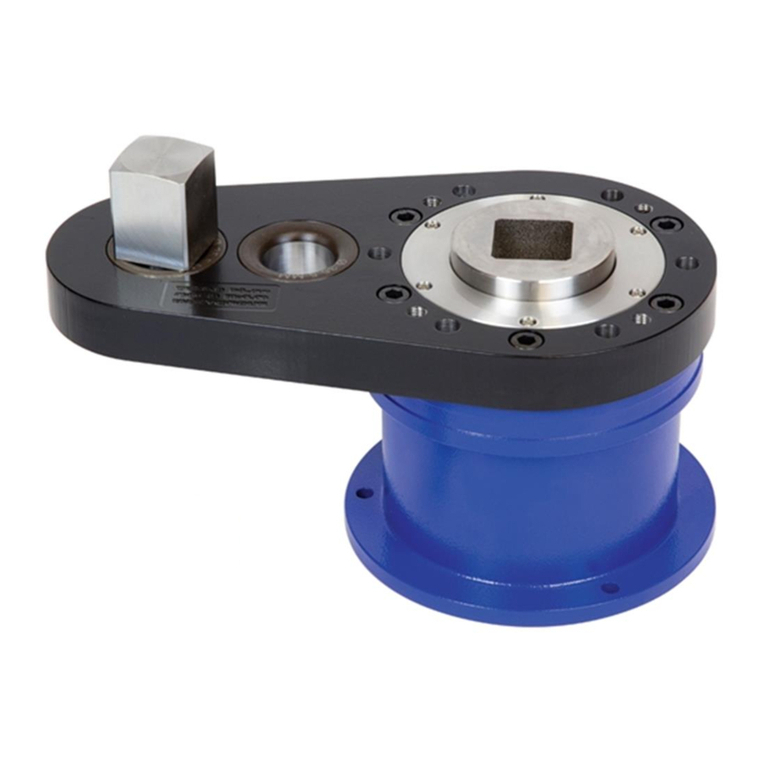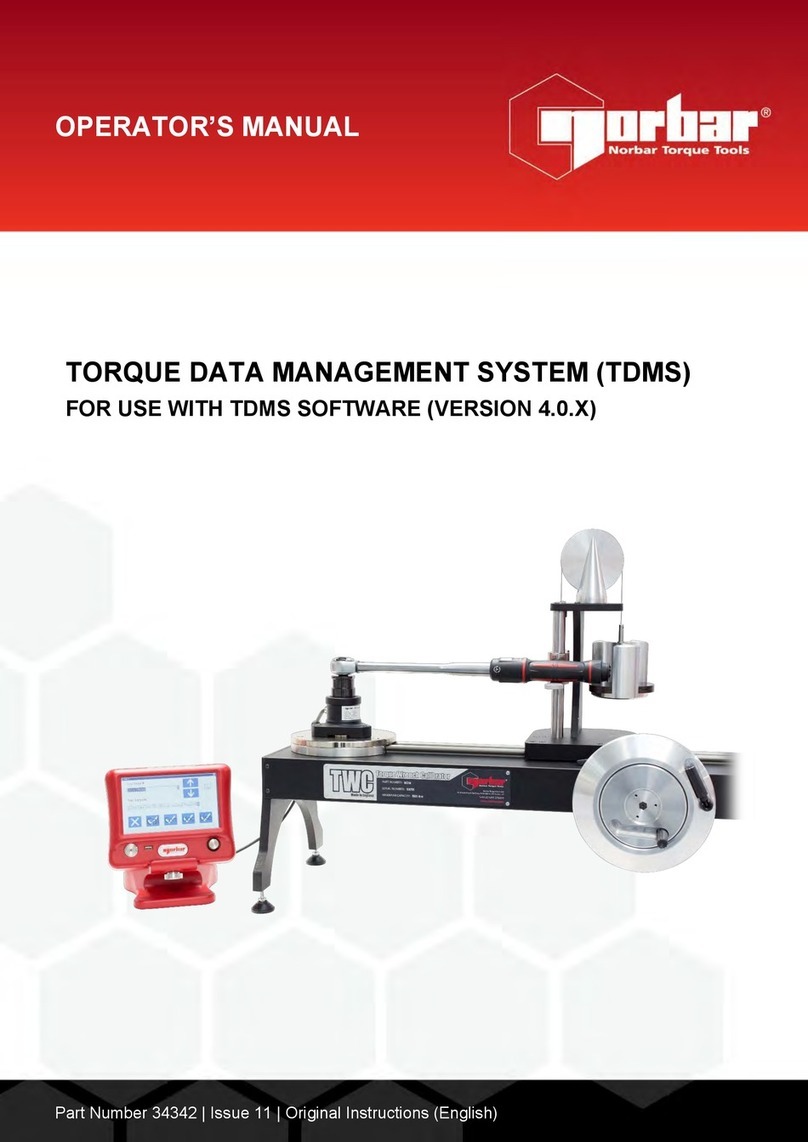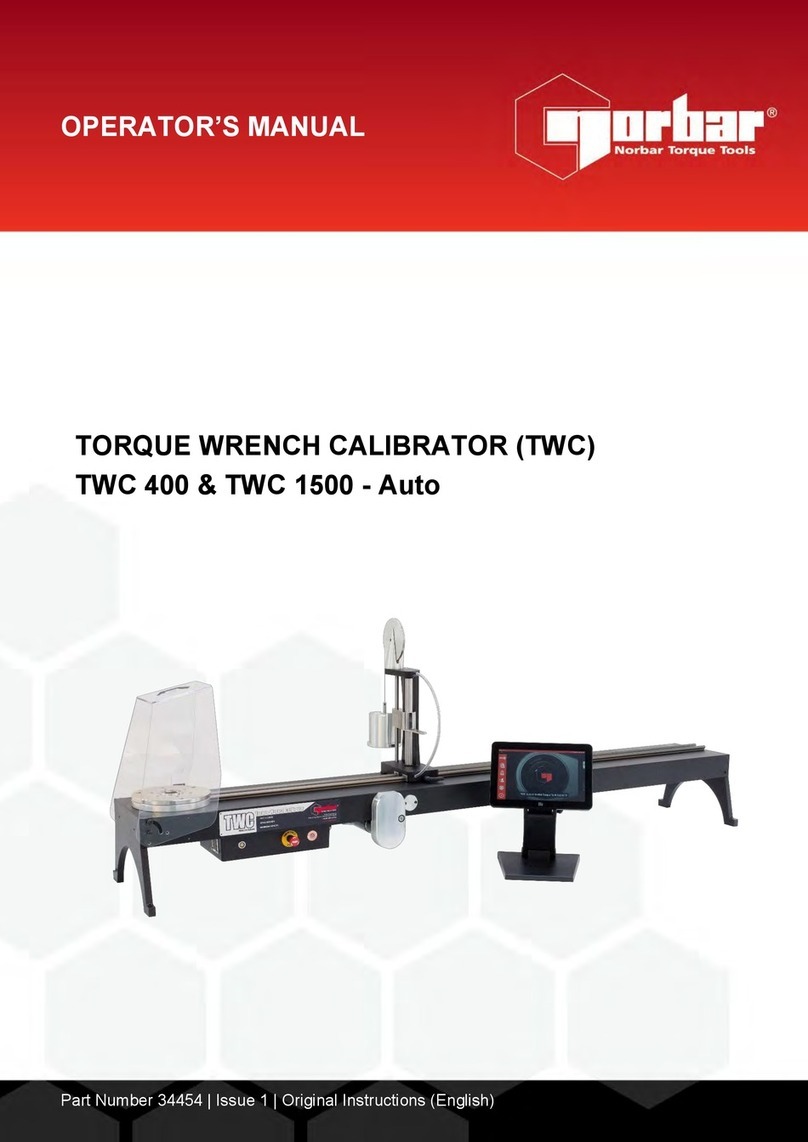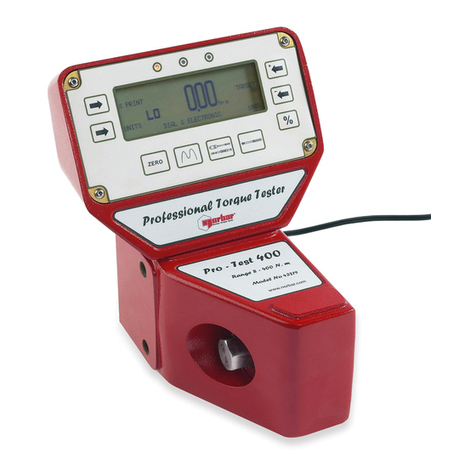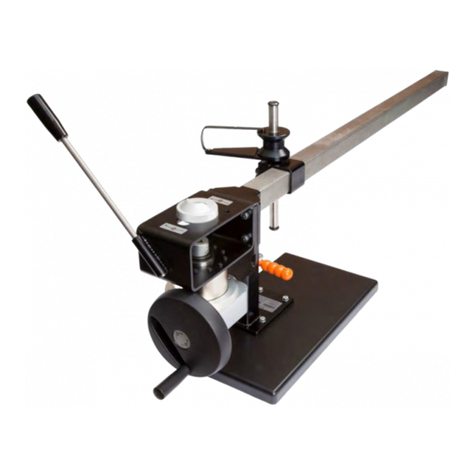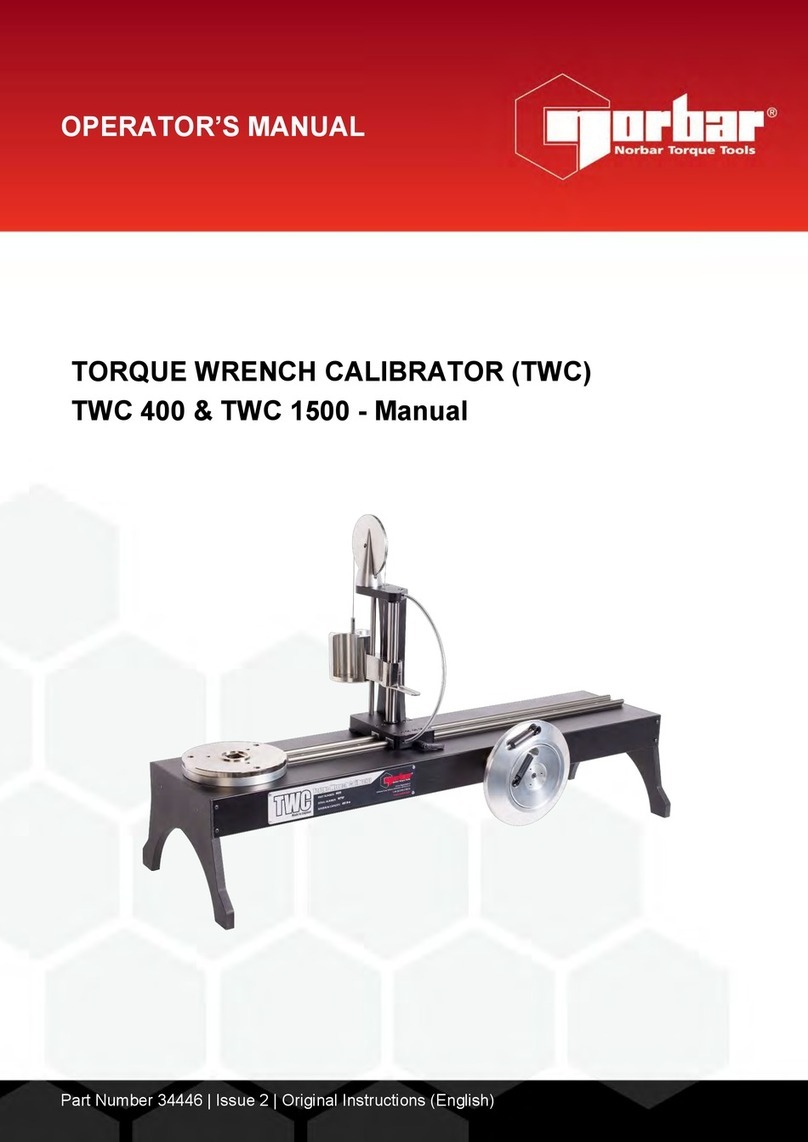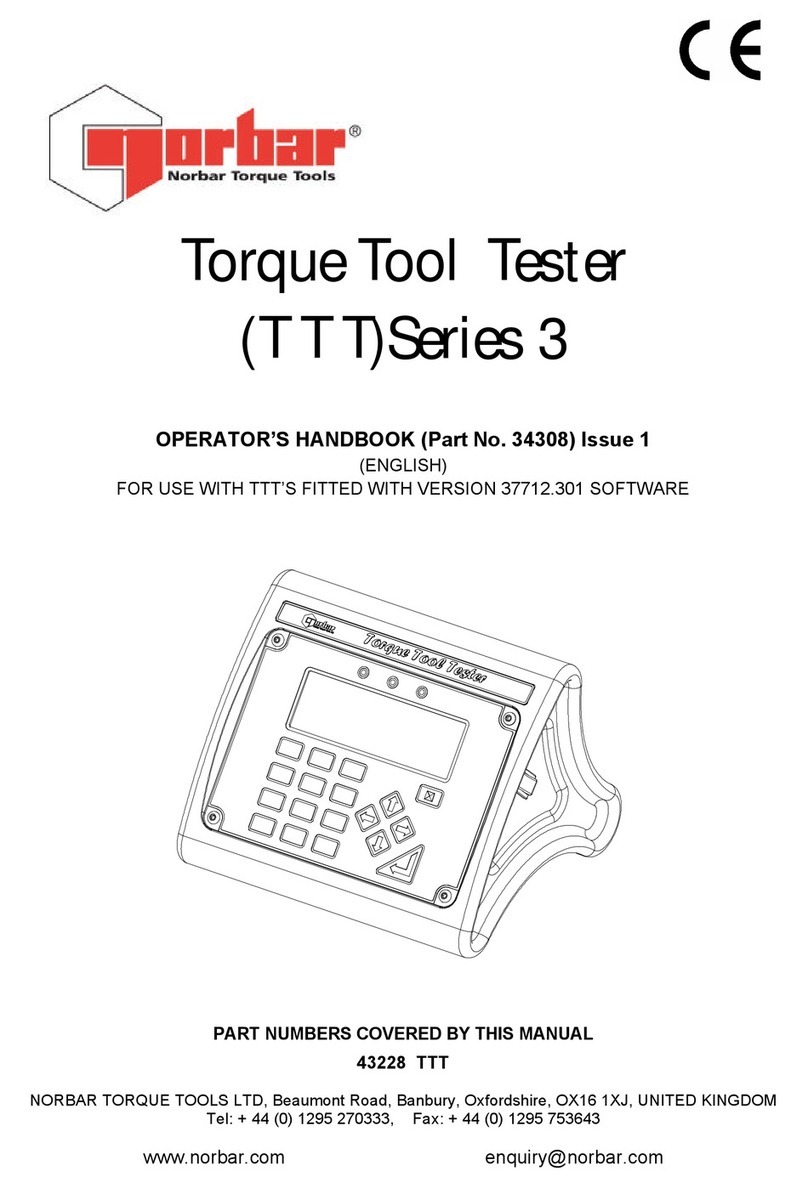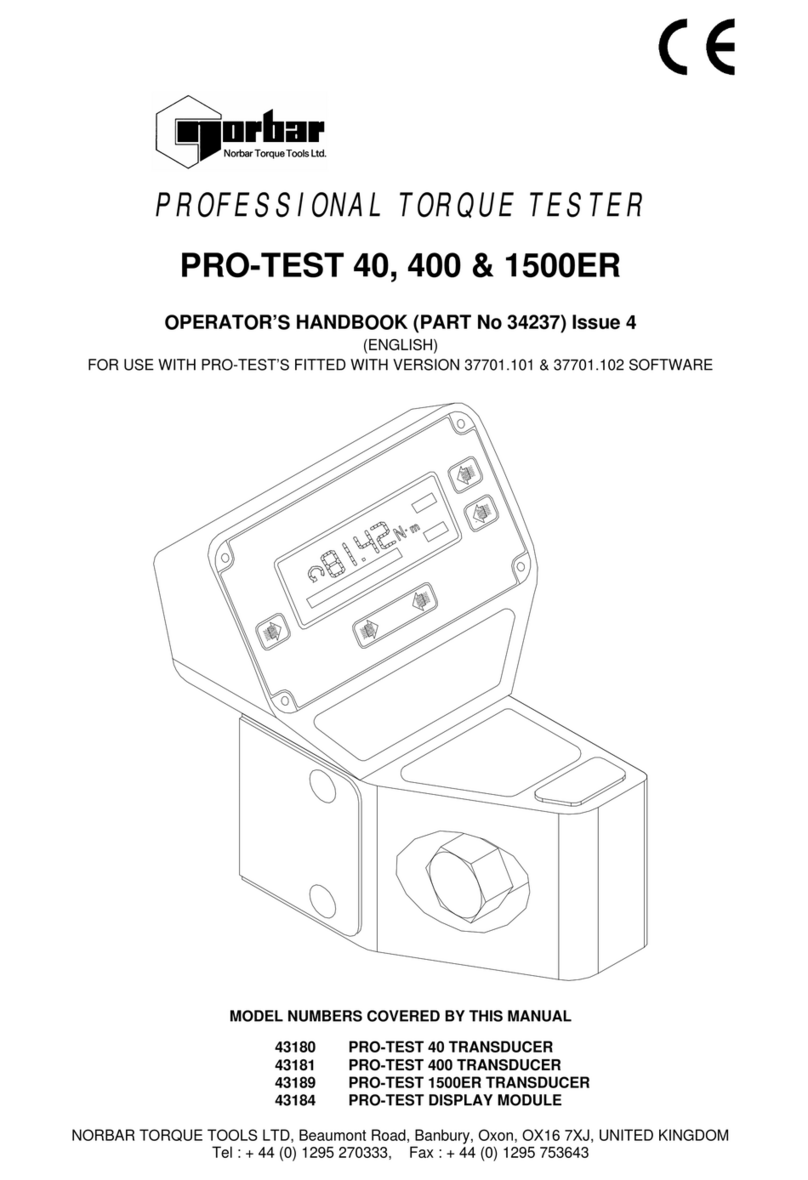SET UP
Preparation
NOTE: If the equipment is used in a manner not specified by the manufacturer, the protection
provided by the equipment may be impaired.
1. Connect transducer(s) to be used by inserting transducer cable(s) into the desired transducer
connector(s).
2. Ensure transducer selection switch is in the correct position for the transducer in use (TD#1,
TD#2 or TD#3). See the symbols above the transducer connectors or indication on the TTT
display when power is ON.
3. To output data to an external device (PC or printer) connect to the SERIAL PORT.
4. If using with a control or shut-off system, connect to ANCILLARIES connector.
WARNING: ALLOW THE TTT TO EQUALISE TO THE AMBIENT TEMPERATURE/HUMIDITY
BEFORE SWITCHING ON. WIPE OFF ANY MOISTURE BEFORE USE.
5. The TTT can be powered from mains or battery. It is essential to charge the internal battery for 200
minutes (3 hours & 20 minutes) for full charge. To charge the internal battery, connect the a.c. power
adapter between the TTT (9 V d.c. input) and a live a.c. supply.
TIP: Insert 9 V d.c. connector into TTT before applying a.c. mains to ensure correct charging.
TIP: If the power cord has no plug fitted, wire as follows:
BROWN-LIVE BLUE-NEUTRAL GREEN / YELLOW-EARTH
If in doubt consult a qualified electrician.
TIP: The display backlight is ON when connected to a.c. power.
The TTT can be used whilst the battery is charging.
Recharging is independent of the on/off switch.
The battery can be charged continuously.
